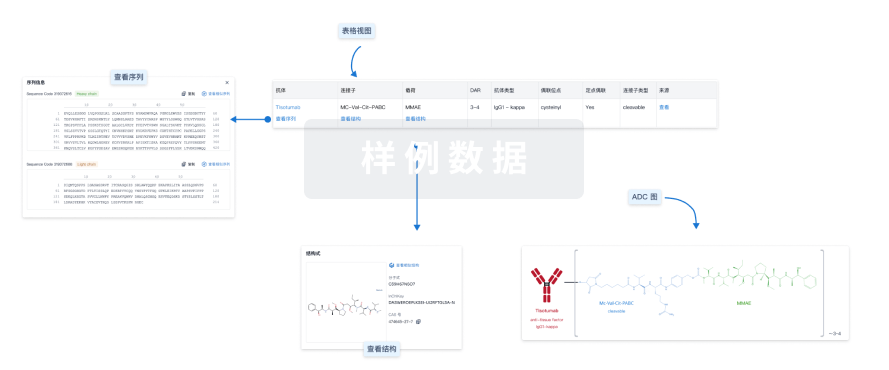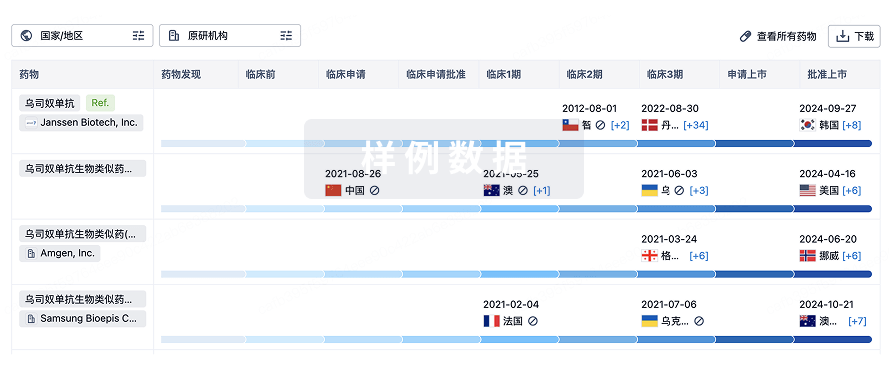The 2018 American Association for Cancer Research (AACR) is being held in Chicago. Here’s a roundup of some of today’s company news.
The
2018 American Association for Cancer Research (AACR)
is being held in Chicago. Here’s a roundup of some of today’s company news.
Tokyo, Japan and London-based
Sosei Group
released
new preclinical data for AZD4635, a selective, orally available, small molecule adenosine A2A receptor antagonist. It was discovered by the company’s subsidiary
Heptares Therapeutics.
AstraZeneca
licensed the global rights to the compound in 2016. The drug is now in a Phase I trial as a monotherapy and in combination with AstraZeneca’s Imfinzi (durvalumab) in solid tumors.
Verseon Corporation
,
headquartered in Fremont, California, presented preclinical data for its tubulin inhibitors in cancer, including cancer cells that showed multidrug resistance. The company utilizes a computer-driven drug discovery platform with a comprehensive chemistry and biology workflow to design new drug candidates. “We are very encouraged by these preclinical results,” said
Mohan Siviraja,
associate director of Biology for Verseon, in a statement. “Multidrug resistance is one of the main reasons why chemotherapies fail. The insensitivity of our compounds to the major transporters and to the overexpression of beta-III tubulin may help us address the need for a more effective, precise therapy.”
Rgenix
,
based in New York,
release
d preclinical data of its RGX-202 in colorectal cancer and other cancers. The compound inhibits SLC6a8, a creatine transporter important to tumor metabolism. The drug was studied alone and in combination with standard chemotherapy agents, such as 5-FU. “The data presented today is just a snapshot of our preclinical progress on our research of RGX-202,” said
Masoud Tavozoie,
Rgenix’ chief executive officer, in a statement. “These data show the strong potential for RGX-202 and support further research of the compound. With these data, we are building a strong foundation for future clinical development of RGX-202, which, with regulatory approval, would diversify our clinical pipeline.”
Roswell Park
Comprehensive Cancer Center
scientists in Chicago have
identified
epigenetic markers in the breast cancer tumors of African-American women and women of European descent.
Christine Ambrosone,
professor of Oncology and senior vice president of Population Sciences and chair of Cancer Prevention & Control at Roswell, were interested in epigenetic changes, the ways in which genes are turned on or off in response to environment and other factors. Lead author of the study,
Matthew Buas,
assistant professor of Oncology in the Roswell Department of Cancer Prevention and Control, said in a statement, “Our findings suggest that epigenetic differences between African-American women and women of European ancestry are important in breast cancer pathogenesis, and may underlie observed differences in the incidence of breast cancer subtypes by race.”
Xencor
,
headquartered in Monrovia, California,
presented
preclinical data on XmAb24306, an IL15/IL15 receptor alpha complex fused to a bispecific XmAb Fc domain for the treatment of several different cancers. The data showed the complex improved the duration and magnitude of T and NK cell proliferation in vitro and in vivo.
“The plug and play nature of our XmAb technology provides tremendous opportunity to build a suite of tumor microenvironment activators with tunable potency and sustained activity, which have the potential for improved performance over current approaches,” said
Bassil Dahiyat,
president and chief executive officer of Xencor, in a statement. The company expects to IND in 2019.
CytRx
,
based in Los Angeles,
presented
three posters about its albumin binding ultra high potency Linker Activated Drug Release (LADR) drug candidates, LADR-7, LADR-8, LADR-9 and LADR-10. The technology allows drugs to molecularly bind to albumin in the bloodstream and controls its release at the tumor site.
Felix Kratz,
the company’s vice president of Drug Discovery, stated, “This technology allows for the delivery of higher doses of drug directly to the tumor, while avoiding much of the off-target toxicity observed with the parent molecules.”
MabVax Therapeutics
,
located in San Diego,
presented
three posters about its antibody development programs.
Paul Maffuid,
MabVax’ executive vice president of Research and Development, stated, “We successfully shared the significant progress we have made through these clinical and preclinical studies that continue to establish our growing body of data supporting the development of MVT-1075 for the treatment of pancreatic cancer and other CA19-9 cancers, MVT-2163 as a immunoPET imaging agent, and our most advanced research program focused on the Tn and sTn cancer antigen targets.”
InteRNA Technologies
,
based in Utrecht, Netherlands,
presented
proof-of-concept data on INT-1B3. INT-1B3 is a lipid nanoparticle formulation of microRNA 193a-3p mimic that can be delivered to cancer cells. MicroRNA 193a-3p is a known tumor suppressor for several cancers. “Overall these data strongly support the unique potential of microRNAs, and INT-1B3 in specific, as a novel therapeutic modality in cancer that acts as a ‘combination treatment in one drug,’” said
Roel Schaapveld,
InteRNA’s chief executive officer, in a statement. “It is an important milestone for InteRNA because it validates our microRNA platform and demonstrates the focus and commitment of the team over the last years.”

















